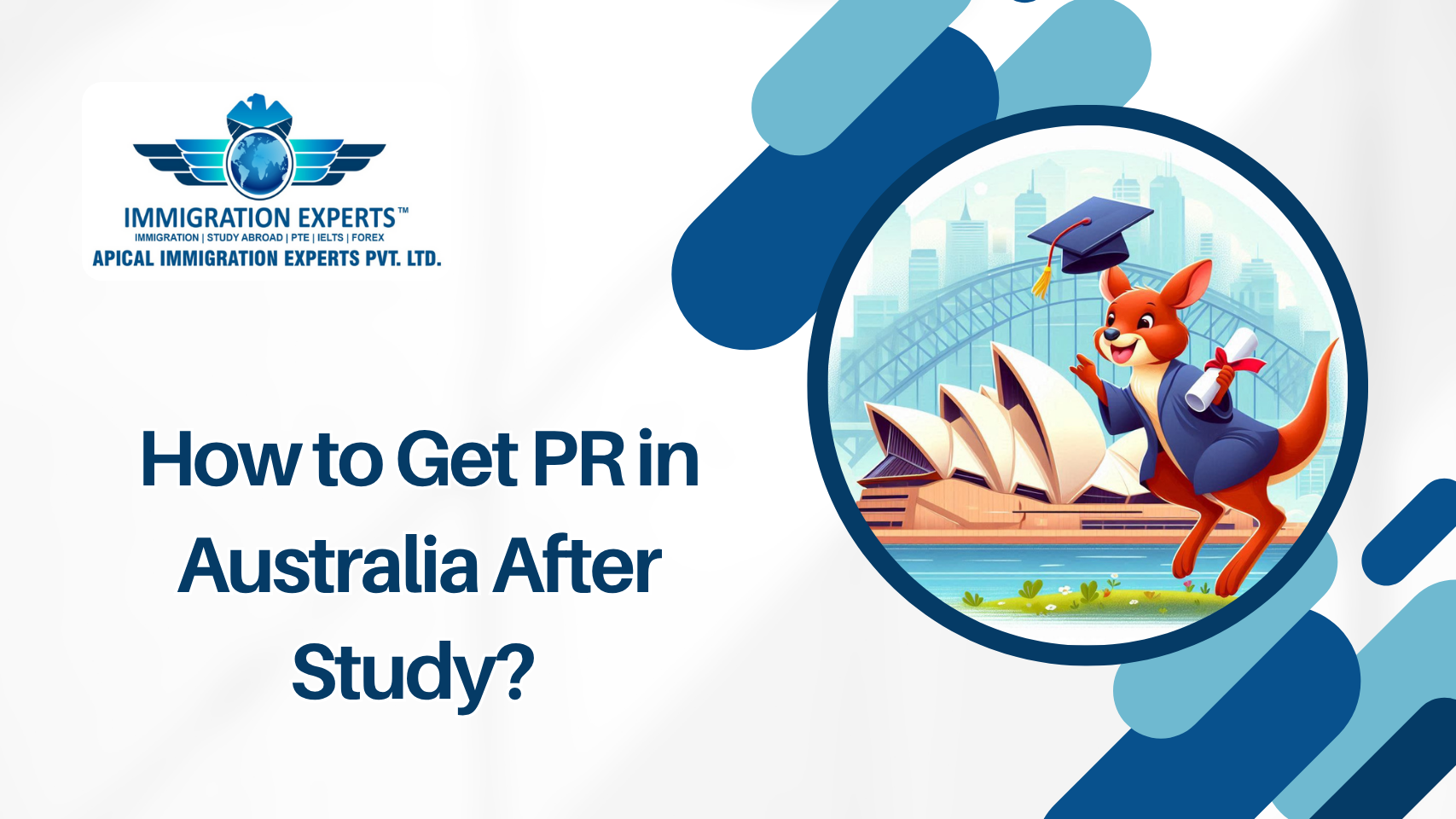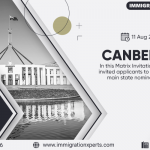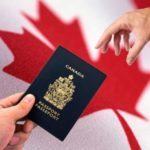Australia is one of the most sought-after destinations for international students—not only for its world-class education system but also for its promising pathway to permanent residency (PR).
After completing studies in Australia, many international students aim to settle in the country permanently. But how exactly can one transition from a student visa to PR?
In this comprehensive guide, we’ll walk you through the key pathways, eligibility criteria, and strategic tips to increase your chances of securing PR in Australia after study.
Why Consider PR in Australia?
Before we dive into the steps, here’s why getting permanent residency in Australia is a life-changing move:
- Work and live anywhere in Australia
- Access to healthcare (Medicare)
- Sponsor family members
- Apply for Australian citizenship in the future
- Enjoy social security and educational benefits
Step 1: Complete an Eligible Course
The first and foremost step is to enrol in and complete a CRICOS-registered course in Australia. To be eligible for the Post-Study Work Visa (subclass 485) and other PR pathways, your course must:
- Be registered with CRICOS
- Be at least 2 academic years (92 weeks) in duration
- Be completed in no less than 16 calendar months
Popular Courses That Boost PR Chances:
- Information Technology (IT)
- Nursing and Healthcare
- Engineering (civil, electrical, mechanical)
- Teaching and Education
- Accounting and Finance
- Social Work
- Trade Qualifications (e.g., cookery, automotive)
Step 2: Apply for a Temporary Graduate Visa (Subclass 485)
After completing your studies, you may be eligible for the Temporary Graduate Visa (subclass 485), which lets you stay and work in Australia temporarily (between 2 to 4 years depending on your qualification and location).
Streams under 485 Visa:
- Post-Study Work Stream: For those who studied bachelor’s or higher degrees in Australia.
- Graduate Work Stream: For those with trade qualifications and skills on the MLTSSL (Medium and Long-Term Strategic Skills List).
Benefits:
- Full work rights
- Time to gain local work experience
- Pathway to employer sponsorship or skilled migration
Step 3: Choose Your PR Pathway
Here are the most common PR options available after studying in Australia:
- Skilled Independent Visa (Subclass 189)
- Points-tested visa
- Does not require employer or state sponsorship
- Must have a skilled occupation listed on MLTSSL
- Requires invitation to apply after submitting Expression of Interest (EOI) via SkillSelect
- Skilled Nominated Visa (Subclass 190)
- State-sponsored PR visa
- Requires nomination by an Australian state or territory
- Requires a commitment to live and work in the sponsoring state for a minimum of 2 years
- Skilled Work Regional (Provisional) Visa (Subclass 491)
- Points-tested regional visa (5-year validity)
- Requires sponsorship by a regional area or a family member living in a designated regional area
- Can lead to PR via Subclass 191 after 3 years of regional work and income compliance
- Employer-Sponsored PR (Subclass 186 / 187)
- Requires full-time job offer from an eligible Australian employer
- Typically, suitable for those with work experience post-study
Step 4: Check Your Points Score
Australia uses a points-based immigration system for most skilled visas. The minimum requirement is 65 points, but higher scores increase the chance of getting an invitation.
Points are awarded for:
- Age (max points for 25-32 years)
- English language proficiency (IELTS/PTE)
- Australian qualifications
- Work experience (in and outside Australia)
- State sponsorship (adds 5 points)
- Regional study (adds 5 points)
- Credentialed community language skills (5 points)
Use the Department of Home Affairs Points Calculator to estimate your score.
Step 5: Skills Assessment & English Proficiency
Before applying for PR, you need a positive skills assessment from the relevant assessing authority (like ACS for IT, Engineers Australia, ANMAC for nurses, etc.).
You must also prove English proficiency via tests like:
- IELTS (minimum 6 in each band)
- PTE Academic
- TOEFL iBT
- Cambridge C1 Advanced
Higher scores (e.g., IELTS 8 or PTE 79) add more points.
Bonus Tips to Boost PR Chances
- Study in Regional Areas: Get additional points and longer post-study work visa validity.
- Take a Professional Year Program: Available for IT, Accounting, and Engineering graduates—adds 5 points.
- Improve Your English Test Scores: Higher scores = higher points.
- Gain Local Work Experience: It improves employability and can help in employer sponsorship.
- Network & Apply for State Nomination Early: Every state has its own occupation list and nomination criteria.
Documents Required for PR Application
- Valid passport
- English test results
- Skills assessment report
- Educational certificates and transcripts
- Proof of work experience (if applicable)
- Police clearance certificate
- Health check results
- Expression of Interest (EOI) summary
How Long Does PR Take After Study?
Processing times vary depending on visa type and individual circumstances. On average:
- Subclass 189: 6 to 12 months
- Subclass 190: 6 to 9 months
- Subclass 491: 3 to 6 months (provisional visa)
- Subclass 191: After 3 years of regional work (PR)
Should You Hire a Migration Agent?
Yes, if:
- You are unsure about the best PR pathway
- You want to improve your points or avoid rejection
- You need assistance with skill assessment or EOI submission
An experienced migration consultant can simplify the process and increase your success chances.
Final Thoughts:
Australia offers ample opportunities for international students to transition to permanent residency—provided they plan strategically. From choosing the right course and location to building your profile for skilled migration, every step matters.
If you’re committed to settling in Australia, start planning while you’re still studying. Use your post-study years to gain experience, improve your English, and secure state sponsorship or employer support.
Need Help with Your PR Application?
If you’re an international student in Australia and want expert guidance on your PR journey, contact Apical Immigration Experts today. Our registered migration agents can help you with course selection, visa strategy, and PR filing with personalized support.






